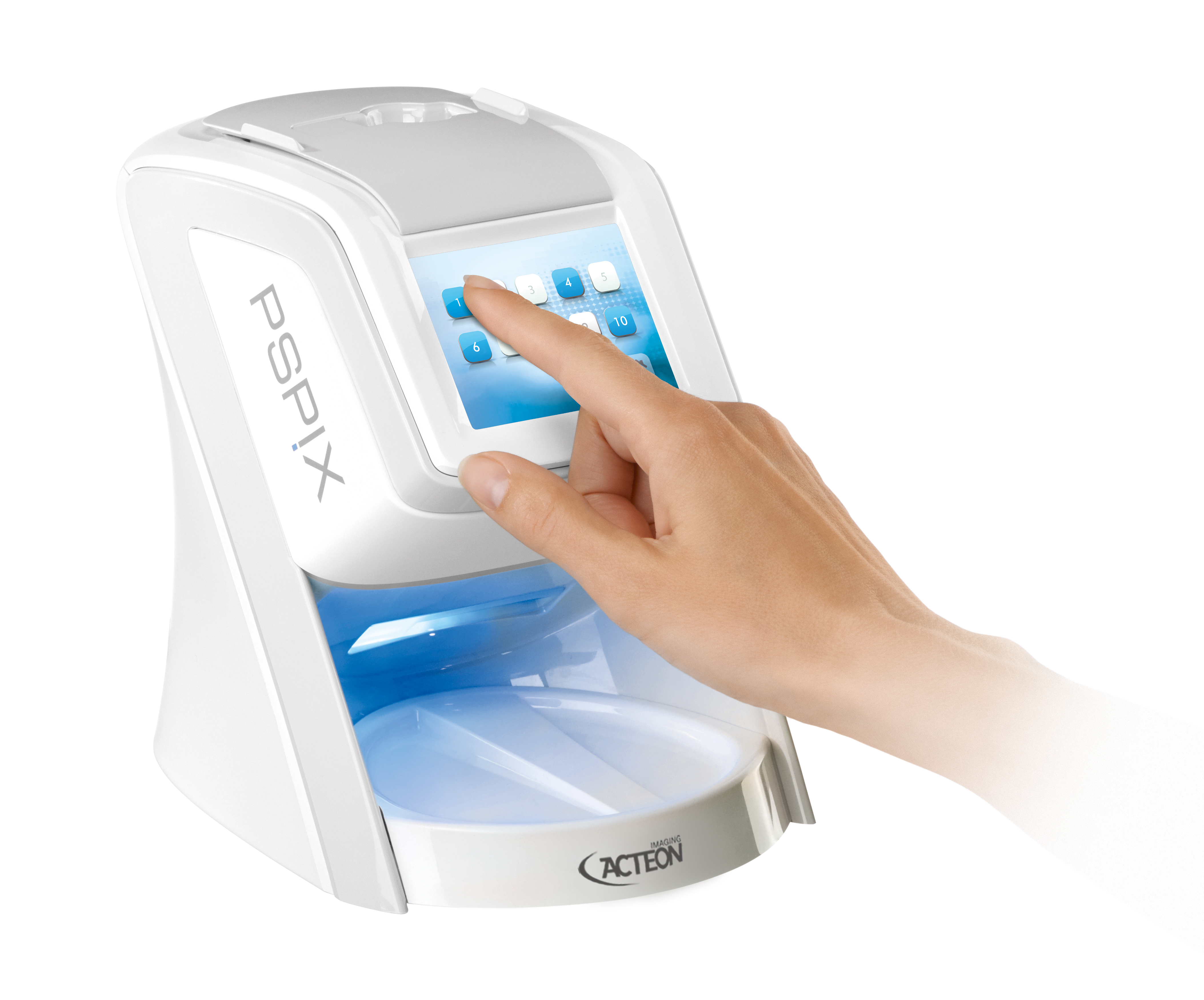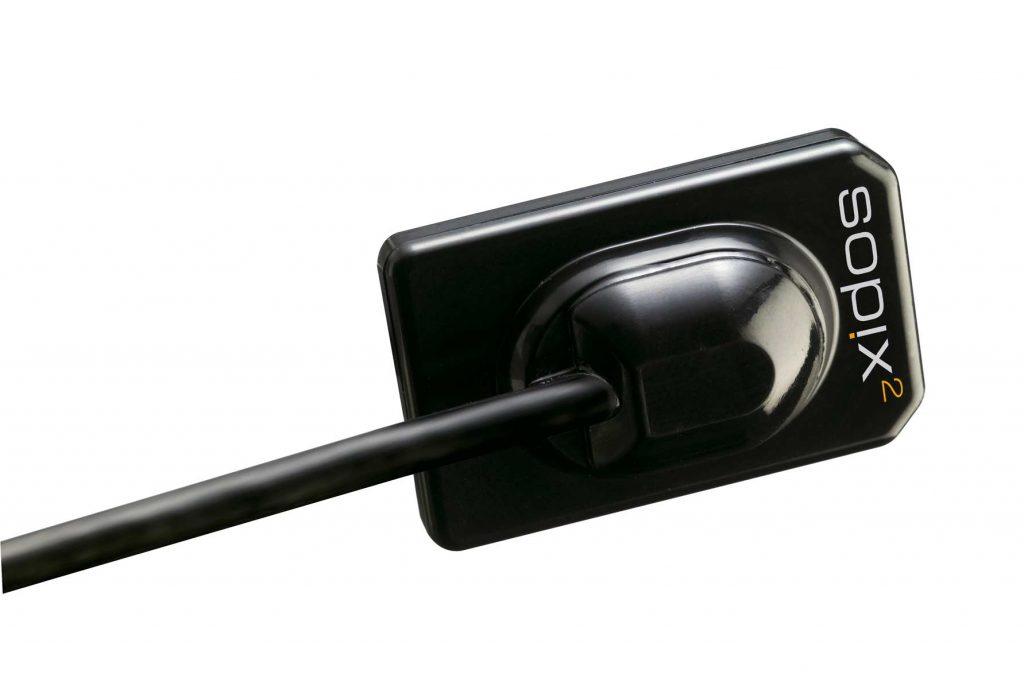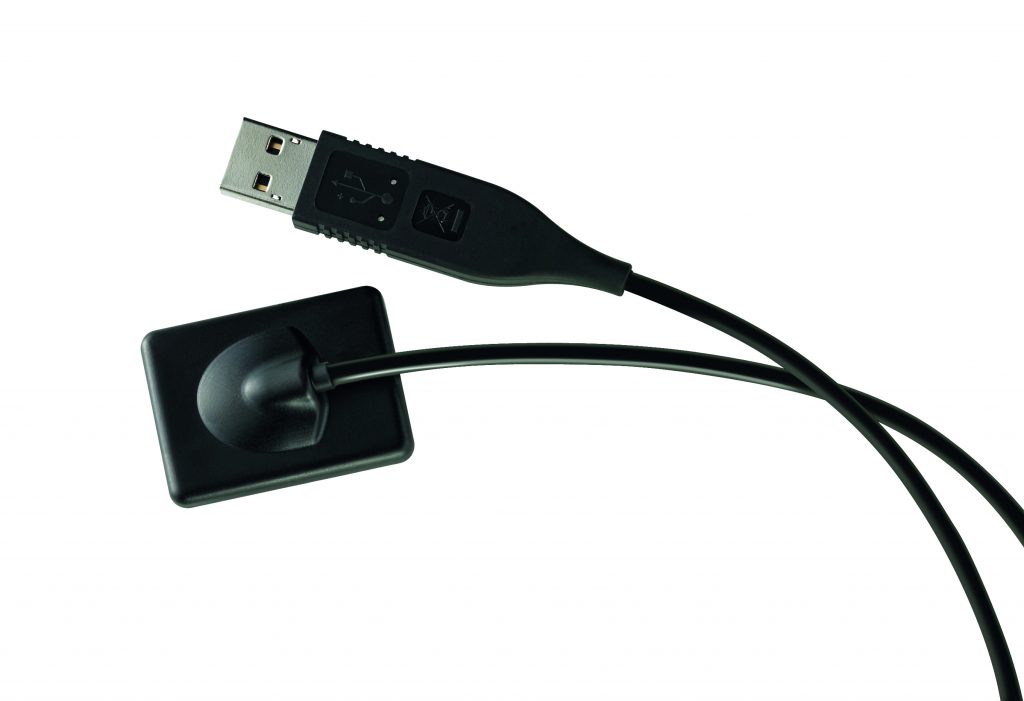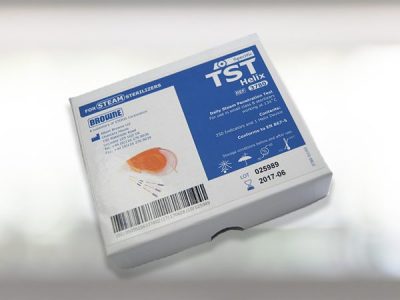Following on from X-Rays in Your Dental Surgery: A Buyer’s Guide (Part 1), we’re now going to discuss the different ways of processing x-ray images and help you figure out which way is right for you and your clinic.
Processing your x-ray images
There are three main ways to process x-ray images:
- Analogue
- Phosphor Plate System (PSP)
- Sensor
Analogue x-ray processing systems
Anyone over 30 will remember a time before digital. The main reason people are moving to digital with x-ray processing is time. With analogue x-ray processing, you had a big box in the corner (they can be quite small now) where you would process the image plates using a developing agent, followed by a fixing agent.
These units have fantastic image quality. However, they are very technique driven. If you got one wrong, you would need to take another shot and the total processing time would take, on average, 5 minutes per shot. You had no way of emailing them to colleagues/specialists without a costly scanner. They are also notoriously messy and bulky. All this before you even consider the handling and storage of hazardous chemicals.
Digital x-ray processing systems
The alternative to the analogue system is digital. With both PPS and Sensor systems falling into this category. These, we believe have been oversold without any consideration from the salesperson as to which system is right for your clinic and procedures.
PPS systems replicate the analogue system with different size plates, which are of a similar size so they don’t feel too different for the patient. The plates are affordable and the scanners (PPS units) can be very easy to use. They can connect directly to your network and fit seamlessly into your current patient management system, thus reducing time in manually scanning or doubling up on entering patient details.
PPS units are also great for everyday use and for clinics that have multiple surgeries as they are small, affordable and multiple rooms can access them at once.
Related: Introducing the RAY RIOScan Digital Imaging Plate System
The benefits of sensors
Sensors have fantastic image qualities and are super-fast. We are talking a matter of seconds from when you take the shot to it coming up on your computer screen!
They are portable and usually have a simple USB connection to connect to any computer system. They can be pricier however, and if you only have one sensor, and you may due to the upfront cost, and it goes down then you are without x-rays. They can also be quite bulky, especially if you deal with children. An x-ray guide is necessary when using a sensor.
So which unit is right for you?
Sensors are great for specialists looking for fast and high-quality images or if you have a single operator surgery. For every day, general dentistry the PPS system will tick most of your boxes. Even in a busy, general dental clinic there is room for both sensor and PPS system. From implants to endodontic work and major reconstruction work, the sensor has its place.
Dental equipment suppliers
Dental Depot is one of Australia’s leading suppliers of dental equipment, including x-ray units. If you’re interested in purchasing a new unit for your dental surgery, or you have questions about which unit is the right one for you, get in touch with us today!
Related information:
- Check out X-Rays in Your Dental Surgery: A Buyer’s Guide (Part 1)
- Come along to our FREE Training Event: X-rays in Dentistry (4th of October)







